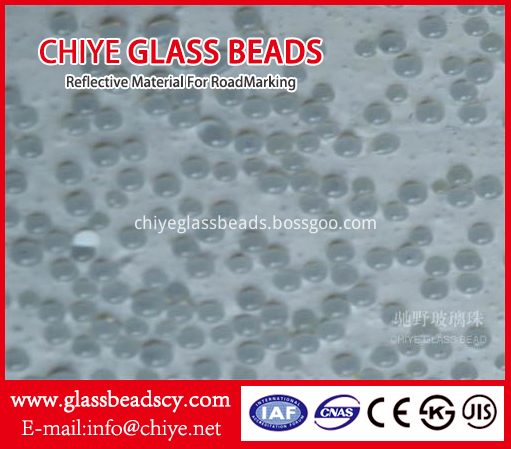Failure is the mother of success. A team of researchers at the Pacific Northwest National Laboratory (PNNL) in the United States once again proved this. The researchers inadvertently created a carbon-rich nanorod. They realized that this accidental invention proved a theory that existed for 20 years through the peculiar appearance when encountering water. Not only that, these nanorods also lay the foundation for low-energy water collection systems and perspiration fibers.
The researchers pointed out that conventional materials absorb more moisture when the ambient humidity rises. The materials they developed exhibited the opposite properties to other materials at 50%-80% relative humidity, and they discharged water. However, when the relative humidity decreases, the performance of this nanorod is consistent with that of ordinary materials. So, by reducing the humidity, the process of draining the nanorods is reversible.
"Our unusual material is like a sponge. When it reaches half of its own water content saturation, it will automatically release water," said PNNL assistant researcher and inventor of the material, DavidLao said.
The reason why the discovery of such nanorods was an accident was because the original goal of the researchers was to try to create a magnetic nanowire. However, after the birth of the new material, the researchers did not ignore it, but conducted a careful study of it. Satish Nune, one of the authors of this material research paper, examined the material with a steam analyzer and found that its weight decreased as humidity increased.
After discovering this problem, Nune assumed that the water vapor analyzer was malfunctioning and instead used a microscope to observe it. Under the microscope, Nune observed the presence of water in this nanorod branch, which then evaporated in a high-humidity environment.

To find out why this happened, the research team reviewed the results of historical research. They found that the paper between 2012 and 2013 explained this phenomenon: water is confined to a 1.5-nm-wide area, or is tightly bound by hydrophobic materials. How naturally it evaporates when it surrounds it. In addition, PNNL researchers even looked at the 1990s, when scientists experimented with protein crystallization and noticed similar results. Scientists at the time reasoned that some unknown process allowed water to quickly evaporate.
For the first time, PNNL's research allowed the phenomenon of scientist reasoning in the 1990s to be directly observed. The research team assumed that the water condenses and pulls the branches of the nanorods together, and when these branch spacings reach the 1.5-nm threshold, the water is rapidly evaporated as found in the 1990s study.
David Heldebrant, the second author of the paper, stated that, in shock, the team is currently guessing that there are many ways to use this nanorod to improve people’s quality of life.
Possible applications for this kind of material include: using it to absorb moisture in the desert air and releasing it after reaching a certain level of humidity; making it a thin layer of clothing that converts sweat into water vapor and discharges it.
Nune said: "Before we let this nanorod have a good use, we need to control and improve its size and shape." To this end, the team is working to increase the efficiency of the release of nanorods, eventually The estimated speed is now 10%-20% faster. Further research will examine the chemical and physical properties of this nanorod to determine whether this method can be used for different nanomaterials to collect other liquids, such as methanol.
These beads are coated with a special coating during the manufacture of the glass beads. In the rainy and foggy weather, the moisture can not easily adhere on the surface of glass beads, so the effection on reflectivity caused by bad weather will be reduced. The granulometry of this type glass beads is the same as non-coated glass beads.
The glass bead can be produced based on the standard of countries or areas, such as EN1423/1424, AASHTO M247, BS6088, JIS R3301 and KS L2521 etc.

Moisture Proof Glass Beads,Moisture Proof Glass Beads Road Marking,Reflective Moisture Proof Glass Beads,Moisture Proof Solid Glass Beads
CHIYE GLASS BEAD (HEBEI) CO., LTD , https://www.chiyeglassbeads.com